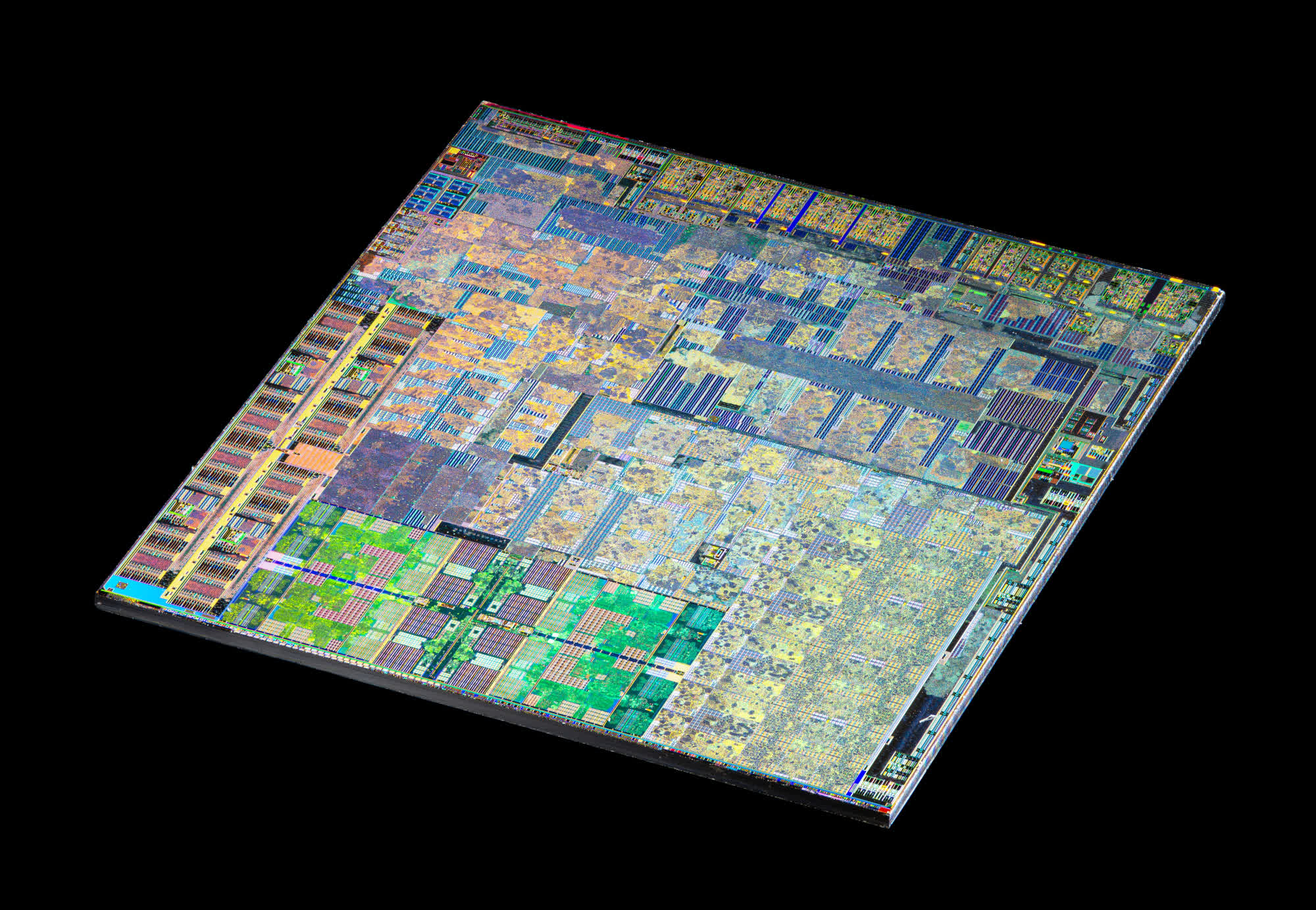In brief: Hardware photographer Fritzchens Fritz has partnered with YouTuber High Yield for an in-depth look at the 7nm Van Gogh APU found inside the LCD version of Valve’s Steam Deck handheld game console.
The custom APU from AMD consists of a four-core / eight-thread Zen 2 chip, an RDNA 2-based GPU with eight compute units, and a 128-bit LPDDR5 memory interface. The analysis shows that the CPU consumes just 12.4 percent of the total die size while the GPU makes up only 10.9 percent of the silicon area.
Combined, the CPU and GPU make up less than a quarter of the chip. What’s the rest of the silicon used for?


As High Yield notes, things like I/O, render back ends, cache, and controllers populate other regions but there are still some areas that are unaccounted for. High Yield said the mystery region accounts for roughly 13.7 percent of the entire chip, so what could they be?
The YouTuber believes Van Gogh is also used to power the Magic Leap 2 AR headset. That device features a 14-core computer vision processing engine with a max frequency of 2.4 GHz. He makes the argument that this mystery area is the aforementioned 14-core processing engine for Magic Leap.
In theory, if the computer vision processing engine hasn’t been physically disabled in the Steam Deck (for example, by using a laser to cut traces), it might be possible to enable it using firmware or BIOS mods. The YouTuber admits he is unsure if it would even be useful since it is designed exclusively for Magic Leap hardware and software but if so, the console could be used as a portable AI accelerator.
Valve’s newer OLED Steam Deck is built using a smaller APU than the one in the LCD model – about 20 percent smaller. High Yield believes the newer chip has been redesigned to remove the computer vision processing cores, but further analysis to confirm this is pending.
The full image set can be found on Fritz’s Flickr page, and the deeper technical analysis is available on High Yield’s YouTube channel.

